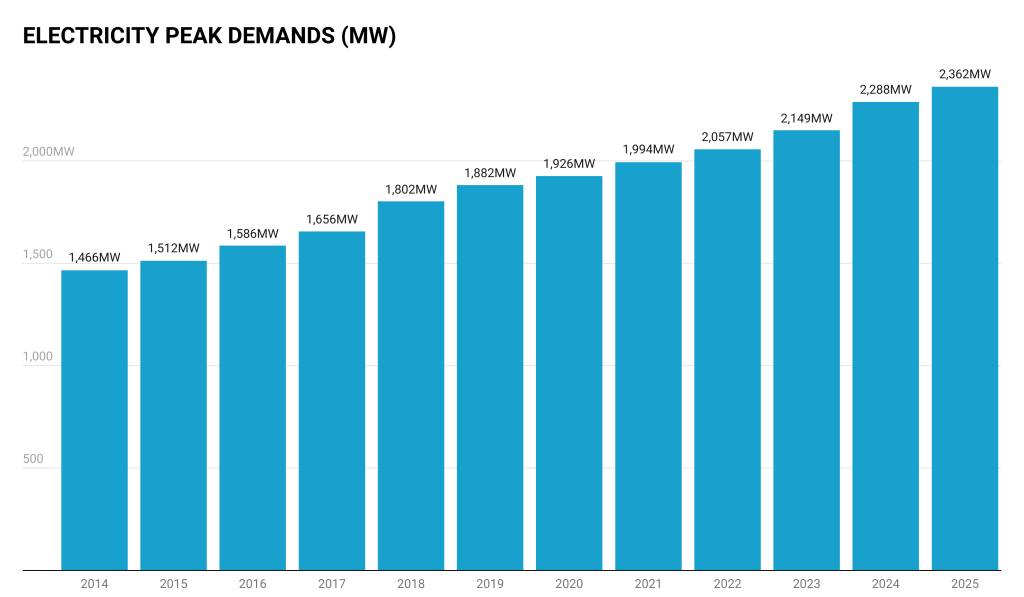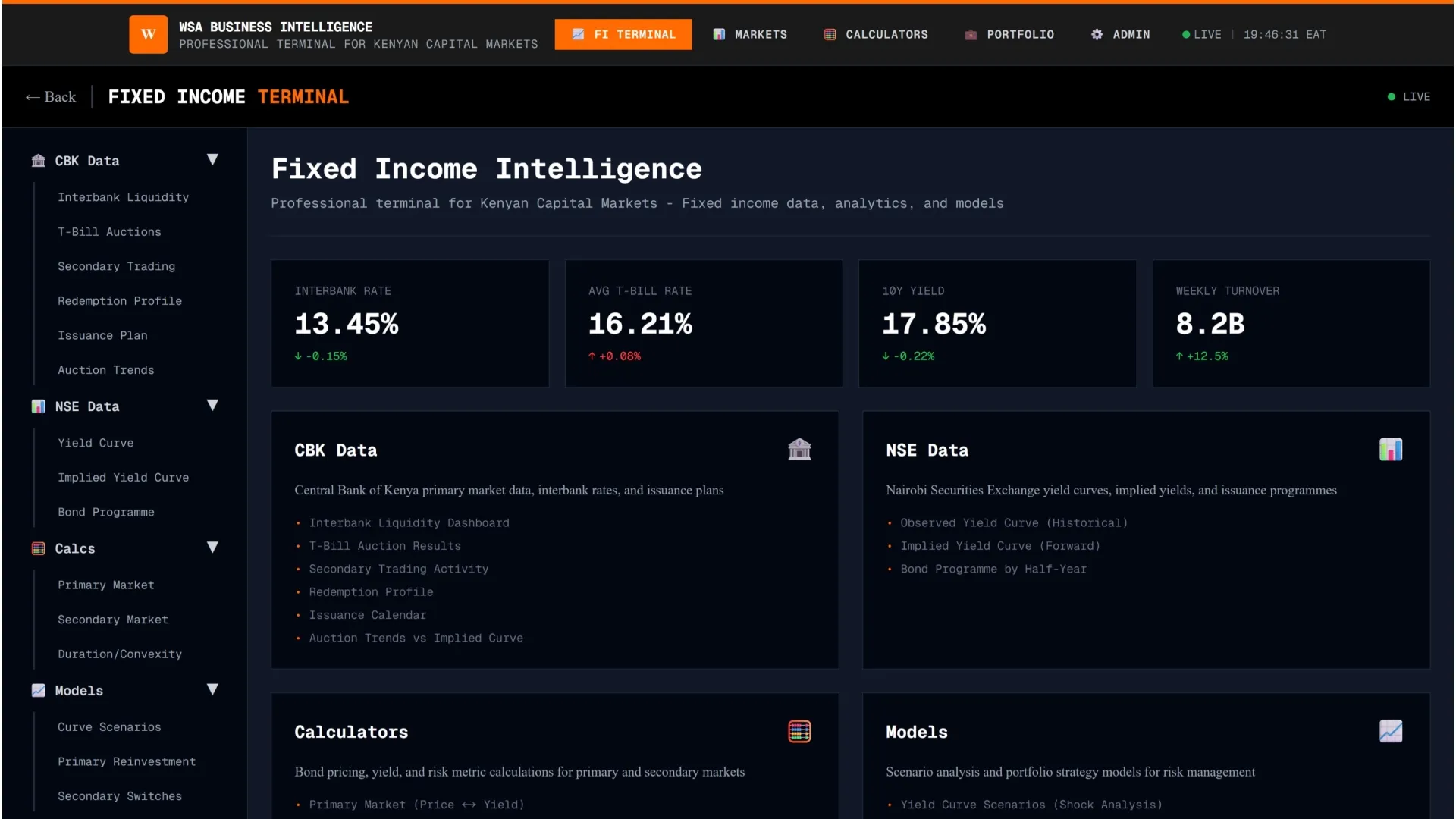Kenya’s national electricity demand hit a historic peak of 2,362.28 MW on July 23, 2025, marking the highest level ever recorded on the national grid.
- •This surge, up from 2,325 MW logged just three weeks earlier, highlights the country’s accelerating industrial activity, rapid urbanization, and rising household consumption.
- •Industrial giants like the Kenya Pipeline Company and Bamburi Cement, alongside 6,000 large commercial customers, account for 60% of the demand, while households increasingly rely on appliances and cooling systems, especially during the evening peak at 19:40.
- •From 1,466 MW in 2014 to 2,362 MW in 2025, Kenya’s peak demand has grown at an average annual rate of 4.4%.

The electrification rate, soaring from 32% in 2013 to 84% in 2023, and the government’s goal of universal access by 2030, fuel this upward trajectory.
Investments in grid infrastructure, such as the Kimuka 220/66kV substation and planned 6,510 km of transmission lines by 2042, have stabilized supply to meet this demand.
Renewable Energy at the Helm
KenGen, the national generator, remains central to Kenya’s energy transformation. On the record-setting day, geothermal plants supplied 13,678.35 MWh (31.85% of total) while hydropower contributed 10,915.93 MWh (25.42%). Together, renewables provided more than 57% of Kenya’s daily power needs, a reflection of the country’s commitment to clean, reliable, and affordable energy.
KenGen’s flagship Olkaria geothermal complex is at the center of this progress. The ongoing rehabilitation of Olkaria I, currently 50% complete, will increase its capacity from 45 MW to 63 MW by 2026. This effort is part of KenGen’s ambitious 10-year plan to add 1,500 MW of new renewable capacity, including geothermal, hydro, wind, and solar, while phasing out reliance on thermal power.
Upgrading the Grid and Exporting Expertise
Kenya’s installed capacity now stands at 3,321 MW, nearly doubling over the past decade. However, challenges remain: transmission losses are estimated at 16% due to aging infrastructure, and the variability of solar and wind underscores the need for continued investment in firm generation and robust grid upgrades.
KETRACO’s plan to build 6,510 km of new transmission lines by 2042 aims to address these gaps and secure future supply. Beyond its borders, KenGen is extending its geothermal leadership, supporting exploration and capacity building in Tanzania, Zambia, Ethiopia, Djibouti, and Eswatini.
“We are working to deliver 1,500 MW of electricity all from renewable sources,” positioning Kenya as a regional clean energy powerhouse.
CEO Peter Njenga noted.
A Bright, Renewable Future
Kenya’s latest record was achieved without reported load shedding. With projections indicating that annual demand could reach 36,291 GWh by 2042, the country faces both a challenge and an opportunity: to continue balancing rapid growth with sustainable, reliable, and increasingly renewable energy.




